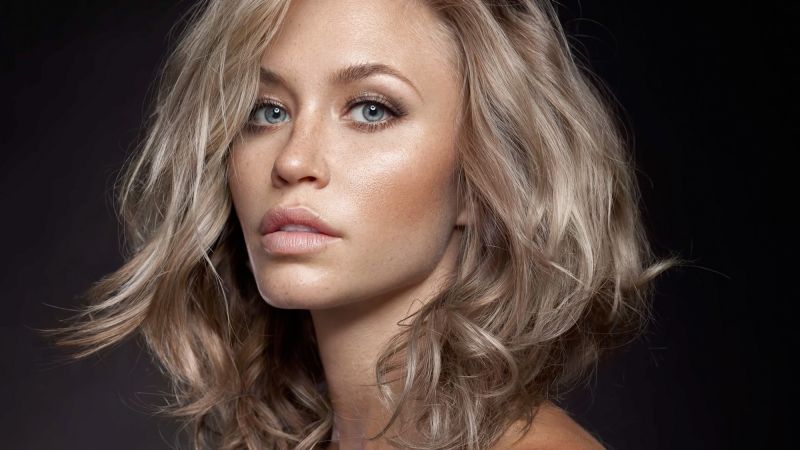
It would be fair to say that while certain body parts have their cyclical moments of fame and desire, it is skin’s beauty that tends to remain eternal. You can search back in the annals of history for all sorts of references to skin care and skin beautification, but where it may previously have been associated with simply airbrushed-looking alabaster skin, that’s no longer the case.
The standard beauty look for portraits dating back decades now has been that pore-less porcelain look of ‘perfection’ which was celebrated and promoted through a style of post processing. That look has been, or is currently being, usurped by something different; something better: Skin that looks texture-full, radiant and supple, and essentially ‘real’, or at least significantly more real.
A photo posted by Julia Kuzmenko McKim ? (@juliakuzmenko) on
As such, the game of photographing that skin has also evolved along with the market because to achieve that look requires a different approach to shooting skin, which really begins, as you’ll learn here, in prep and lighting set-up. Our own Julia Kuzmenko is arguably one of the best at photographing this look, and furthermore an excellent teacher. The video herein is a breakdown of how to use lighting and contrast to render these kinds of top-shelf beauty images. It’s an excerpt from her Go Pro: Studio Beauty course, (you can find me review of here & it’s currently 50% off) but it can certainly stand alone.
In about 4 minutes Julia covers the approach, the ‘whys’ and ‘hows’, and shows the relationship that color, direction, hardness, intensity, and distribution have to each other and how that affects a final product. You’ll see diagrams with precise set-ups she uses, and be led to understand the relationship of any alteration of said set-ups.
[RELATED: Beauty & Fashion Photography | The Specifics That Divide The Great From The Mediocre]
There’s a little bit of math involved and having an understanding of the Inverse Square Law would help, but if you don’t already have that foundation you can head over to Julia’s own site where she has the lengthier and expanded blog post about this very video and its facets. Her site is brimming with more actionable and theoretical advice from Julia and certainly worth bookmarking, especially if you’re getting into beauty photography.
You can find the full blog post here, and her Instagram here.








Get Connected!